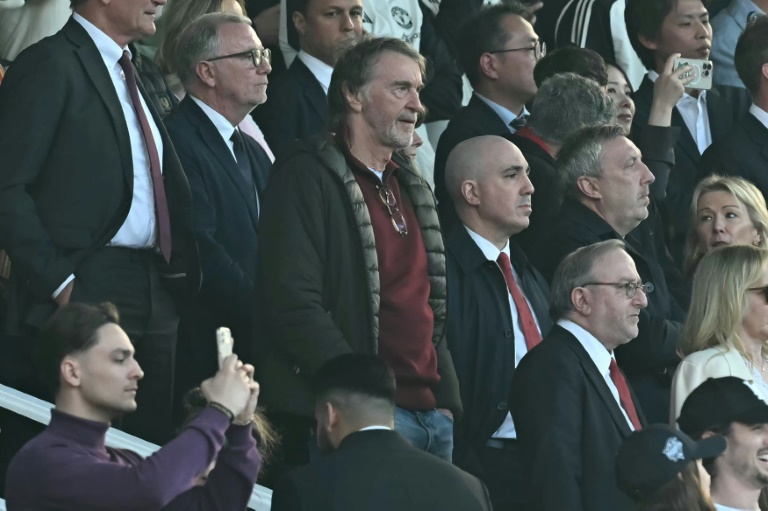[TOKYO] The Bank of Japan (BOJ) will probably wait until the middle of the year before raising interest rates again as it looks to maintain a pace of one hike every six months despite recent market speculation of an earlier move, a former BOJ official said.
“June is the favoured option in my base case,” Kazuo Momma, former executive director in charge of monetary policy at the central bank, said on Monday (Mar 10). “It may get pushed back to September or later” depending on economic and financial market conditions, he added.
Momma’s comments come amid an uptick in market speculation that the central bank may move in May on the back of solid economic data. He sees the likelihood of an early hike is low as it would require a clear risk of falling behind the curve due to a rapid weakening of the yen or much stronger results in annual wage talks.
Governor Kazuo Ueda and his fellow board members will likely stand pat at the end of their two-day meeting on Mar 19 after lifting the policy rate to 0.5 per cent in January, said Momma, who is currently an executive economist at Mizuho Research & Technologies.
With US President Donald Trump’s tariff measures fuelling concerns over the prospects for the US economy, Ueda’s board has probably become more cautious and will be sure not to drop any hint over the timing of the next rate hike for now, he said.
BOJ officials are leaning towards keeping rates unchanged this month as they pay close attention to the impact of their hike in January and growing uncertainties in the global economy, sources familiar with the matter told Bloomberg last week.
BT in your inbox
Start and end each day with the latest news stories and analyses delivered straight to your inbox.
Traders see about a 28 per cent chance of a rate hike at the meeting ending on May 1 as at Monday, more than twice the probability seen in the wake of the January meeting, according to overnight-indexed swaps. In a Bloomberg survey shortly after the hike at the start of the year, July was picked out by economists as the most likely month for the next move.
Momma said the central bank is unlikely to move in July as Prime Minister Shigeru Ishiba is expected to hold a national election. Raising borrowing costs then would face political uncertainties, Momma said. The central bank may also have difficulty ensuring sufficient communication with the government at that time, he added.
“If it does not come in June, then the chances for September or later will rise, but not July,” Momma said. “It’s important for the BOJ to maintain expectations that it will move roughly every six months” to avoid both the risk of a surge in bond yields and criticism that it is falling behind the curve, he said.
The first major tally of annual wage deals comes later this week and could be a further catalyst for early rate hike expectations. Rengo, Japan’s biggest umbrella group for labour unions, releases its figures on Friday. Its initial tally last year was a key driver for Ueda’s scrapping of negative rates and the BOJ’s massive easing programme a few days later.
The Rengo figure needs to be 5.7 per cent or more compared with 5.28 per cent last year to boost the chances of a May hike, Momma said. Economists expected a 5 per cent increase in a January survey by Bloomberg.
The yen has been a primary driver for nudging the BOJ to raise rates, but Momma said it’s not an imminent risk at the moment with investors focusing on the downside risks for the US economy. The yen hit a five-month high against the US dollar last week.
Trump recently warned Japan’s authorities against any weakening the yen to benefit its trade position. Tokyo actually spent around US$100 billion last year to prop up the currency, rather than weaken it, with a series of interventions.
“The government and the BOJ want the yen to strengthen more,” he said. “They probably welcome the remarks from the Trump administration.” BLOOMBERG







